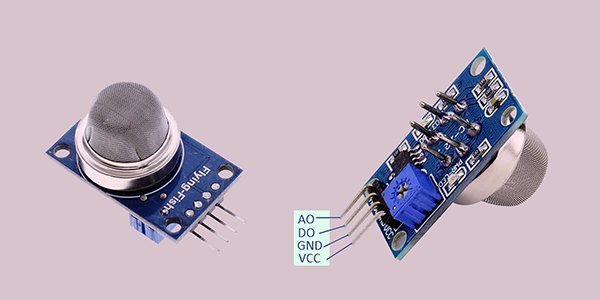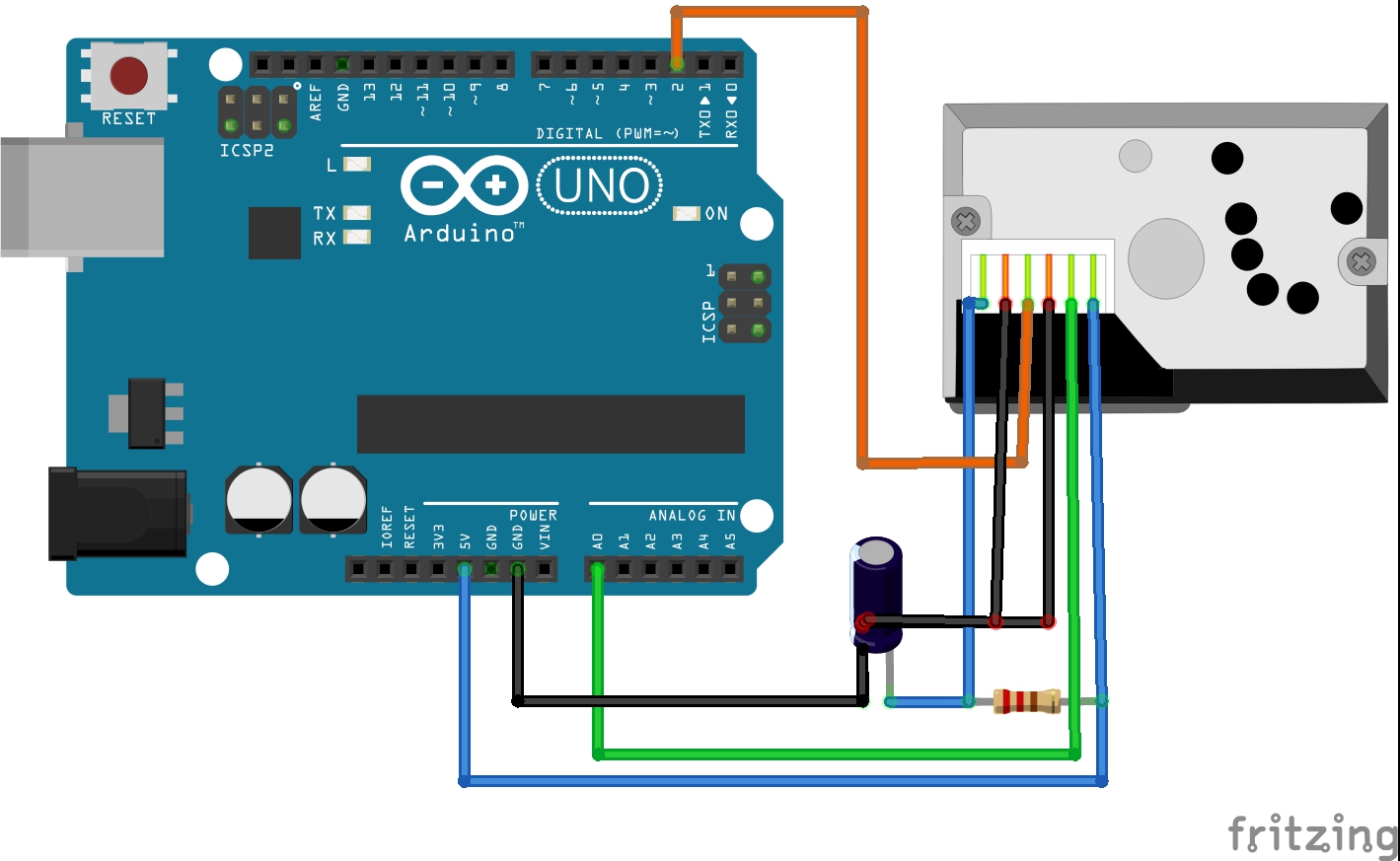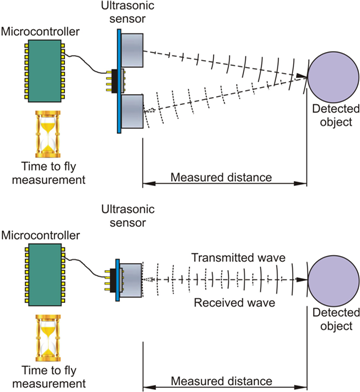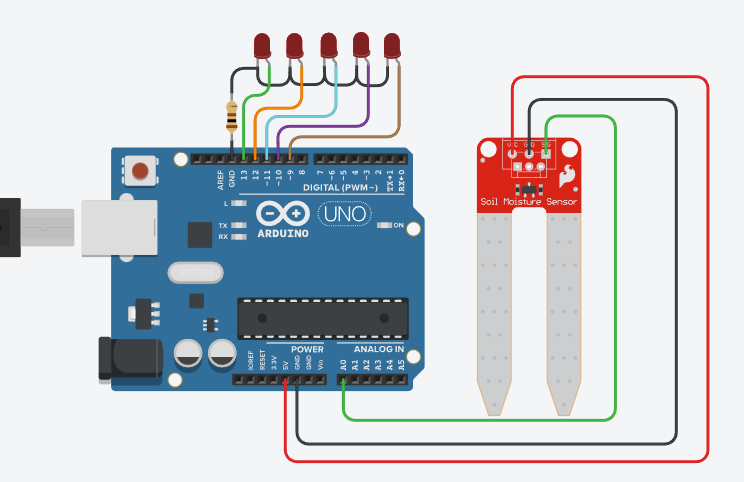How to read a gas sensor with an MQ135 module?
If you are working on a project that involves monitoring air quality or detecting harmful gases, you may have come across the MQ135 gas sensor module. This sensor is commonly used to detect a wide range of gases such as ammonia, nitrogen oxides, benzene, and carbon monoxide. In this article, we will discuss how to effectively read a gas sensor with an MQ135 module.
Understanding the MQ135 Gas Sensor Module
The MQ135 gas sensor module is equipped with a sensitive element that reacts with different gases and provides a variable resistance as output. By measuring this resistance, we can determine the concentration of a particular gas in the environment. However, it is essential to calibrate the sensor for accurate readings.
Connecting the MQ135 Module
Before you can start reading data from the MQ135 module, you need to connect it to a microcontroller such as Arduino. The sensor module typically has four pins: VCC, GND, A0 (analog output), and D0 (digital output). Connect VCC to the 5V pin, GND to the ground pin, and A0 to any analog input pin on the Arduino.
Reading Gas Concentration Levels
To read gas concentration levels using the MQ135 module, you can use a simple code snippet on Arduino IDE. Start by initializing the analog input pin and reading the analog output value from the sensor. Then, convert this value into a concentration level using a calibration curve provided by the sensor datasheet.
Calibrating the MQ135 Sensor
Calibrating the MQ135 sensor is crucial for obtaining accurate gas concentration readings. You can calibrate the sensor by exposing it to known concentrations of gases and adjusting the calibration curve accordingly. It is recommended to recalibrate the sensor periodically to ensure consistent and reliable readings.
Interpreting Sensor Readings
Once you have calibrated the sensor and obtained gas concentration readings, you can interpret the data to make informed decisions. For example, you can set threshold values for different gases and trigger alerts or actions based on the sensor readings. This can be particularly useful in applications such as air quality monitoring or industrial safety.
Conclusion
Reading a gas sensor with an MQ135 module may seem complex at first, but with the right approach and calibration, you can obtain accurate and reliable gas concentration readings. By understanding the sensor specifications and following best practices for calibration, you can effectively use the MQ135 module in a variety of applications.
How to read a gas sensor with an MQ135 module?
If you are working on a project that involves monitoring air quality or detecting harmful gases, you may have come across the MQ135 gas sensor module. This sensor is commonly used to detect a wide range of gases such as ammonia, nitrogen oxides, benzene, and carbon monoxide. In this article, we will discuss how to effectively read a gas sensor with an MQ135 module.
Understanding the MQ135 Gas Sensor Module
The MQ135 gas sensor module is equipped with a sensitive element that reacts with different gases and provides a variable resistance as output. By measuring this resistance, we can determine the concentration of a particular gas in the environment. However, it is essential to calibrate the sensor for accurate readings.
Connecting the MQ135 Module
Before you can start reading data from the MQ135 module, you need to connect it to a microcontroller such as Arduino. The sensor module typically has four pins: VCC, GND, A0 (analog output), and D0 (digital output). Connect VCC to the 5V pin, GND to the ground pin, and A0 to any analog input pin on the Arduino.
Reading Gas Concentration Levels
To read gas concentration levels using the MQ135 module, you can use a simple code snippet on Arduino IDE. Start by initializing the analog input pin and reading the analog output value from the sensor. Then, convert this value into a concentration level using a calibration curve provided by the sensor datasheet.
Calibrating the MQ135 Sensor
Calibrating the MQ135 sensor is crucial for obtaining accurate gas concentration readings. You can calibrate the sensor by exposing it to known concentrations of gases and adjusting the calibration curve accordingly. It is recommended to recalibrate the sensor periodically to ensure consistent and reliable readings.
Interpreting Sensor Readings
Once you have calibrated the sensor and obtained gas concentration readings, you can interpret the data to make informed decisions. For example, you can set threshold values for different gases and trigger alerts or actions based on the sensor readings. This can be particularly useful in applications such as air quality monitoring or industrial safety.
Conclusion
Reading a gas sensor with an MQ135 module may seem complex at first, but with the right approach and calibration, you can obtain accurate and reliable gas concentration readings. By understanding the sensor specifications and following best practices for calibration, you can effectively use the MQ135 module in a variety of applications.



